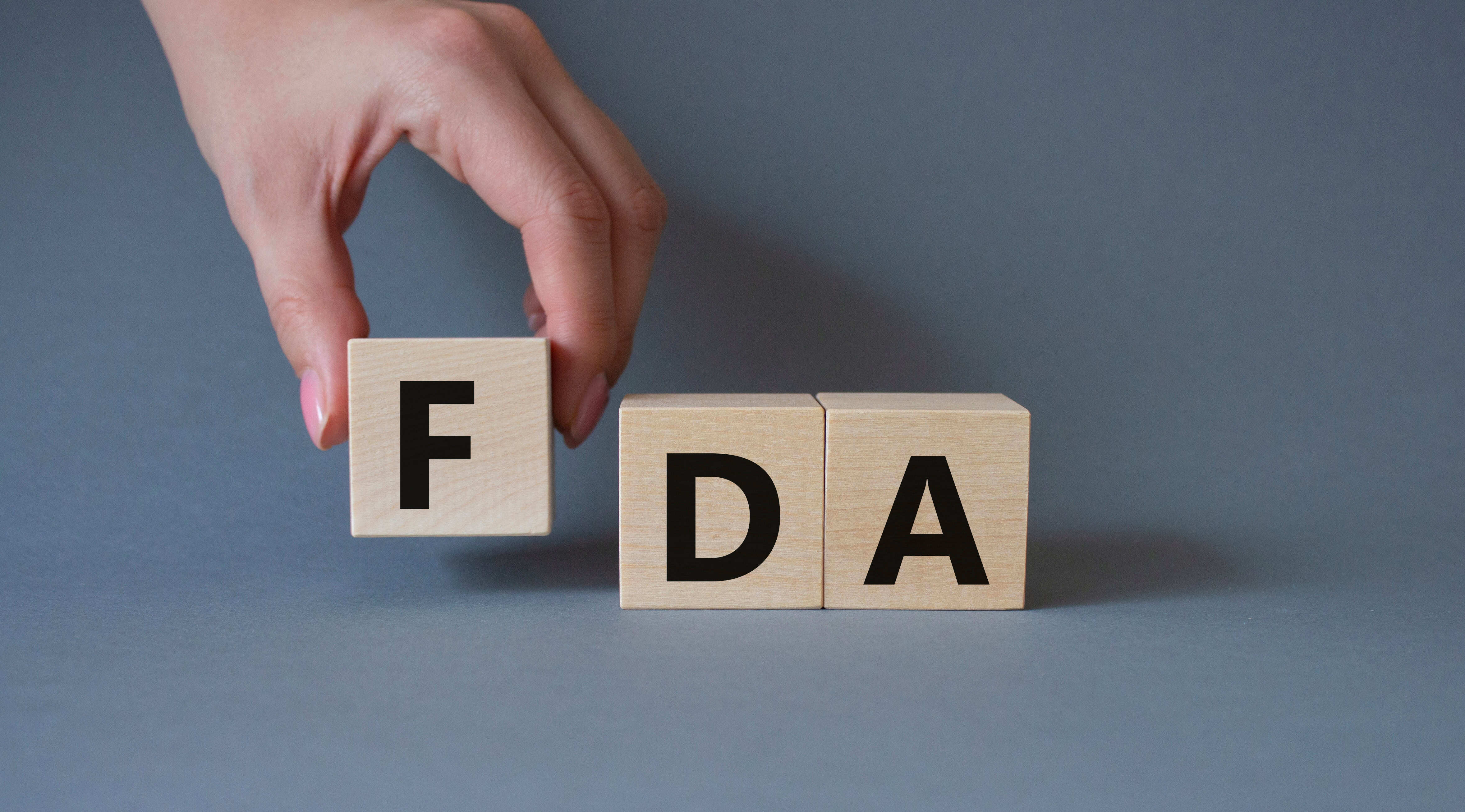Understanding How to Properly Evaluate Suppliers per FDA Requirements 21 CFR 820.50
Purchasing Controls and Supplier Evaluations are a critical component of quality management for medical device manufacturers, ensuring that materials,…
Rook Quality Systems blog is packed full of well-researched, up to date information from experts in the QMS field. Visit our page to learn more!

Purchasing Controls and Supplier Evaluations are a critical component of quality management for medical device manufacturers, ensuring that materials,…

The FDA recently released a significant update to its Center for Devices and Radiological Health (CDRH) Portal, allowing medical device companies to send…

The FDA recently released a 45-page draft guidance detailing the use of chemical analysis in biocompatibility assessments for medical devices. This…
We began as a small group of tech enthusiasts with a shared vision: to revolutionize the digital landscape. Over the years, we have grown into a full-fledged web design

Lorem ipsum dolor sit amet, consectetur adipiscing elit. Ut elit tellus, luctus nec ullamcorper.